Ready to drive incremental growth with influencers?
If ditching the randomness of influencer campaigns and building a predictable, ROI-first influencer program sounds like a plan. Consider talking to our team!

Performance Tracking
Discover key signals that show your influencer marketing is paying off, even before the sales numbers come in.
Contents
Few questions put CMOs on the spot faster than: Is our influencer marketing actually working?
In every strategy meeting you need to justify budgets, compare channels, and show how influencer efforts tie back to revenue. But, unlike ads, influencer marketing doesn’t always show clear ROI. Too often brands either overpromise on short-term results or abandon the program before it compounds.
This article breaks down what a truly successful influencer program looks like.
You'll learn how to define success at each stage, and how to measure the overall impact on your brand and revenue.
Success in any marketing channel comes down to impact on sales. For ads it’s straightforward. You can see exactly how much you spent and how much you got in revenue. The same goes for channels like email or search, where attribution is built in.
But being able to directly tie spend to revenue doesn't work for influencer marketing because…
Someone might click a Google ad, then browse your Instagram, then watch an influencer’s story, and only after seeing a retargeting ad, finally decide to buy.
The ad platform will claim the conversion. But in reality, it was the influencer who built the trust that made the ad work.
So, judging influencer marketing in isolation almost always underestimates its value.
Instead of just asking “Did it drive sales?”, you break it down into different factors:
You can’t isolate influencer marketing’s exact impact with perfect precision. Other channels are running at the same time, and seasonality or product launches will also move the numbers. Instead of trying to credit every dollar, look at your blended CAC.
If customer acquisition costs are going down while influencer-specific signals are improving (like more affiliate sales, stronger post rates, or content that performs well in ads), you have evidence that influencers are amplifying the rest of your mix. They might not be the last click, but they lower the cost of getting that click.
If revenue has grown or your acquisition cost has dropped, that’s a clear sign of success.
Even if short-term sales are low, you can spot signs that the program is working. It can be:
These signals show awareness and trust forming, which often translate into long-term value.
A one-off post is nice, but repeat mentions matter more. Success looks like influencers who continue posting without constant reactivation, because they actually like your product. That’s how true advocacy forms.
Every campaign should teach you something about your customers, about the messaging that resonates, or about which types of influencers convert best. Even an influencer marketing campaign that “loses money” in the short-term can be successful if it uncovers insights you use to improve the next one.
A successful influencer program builds step by step.
First, you get influencer seeding right.
Then, you make affiliates work.
And only after that can you build long-term partnerships.
If one stage is weak, the next one won’t deliver. That’s why you shouldn’t wait for some final result to decide whether the whole thing is working or not.
When we talk about stages, we don’t just mean “find an influencer, get a post, and move on.” That’s the transactional approach most brands take, and it rarely builds anything lasting.
The stages we’re describing here follow a clear framework (Illuminati method)—starting with seeding, then moving into affiliate partnerships, and finally building true ambassadors.
This structure makes the influencer process predictable and gives you markers of success at every step, so you know what to fix before scaling further.
Watch this video before proceeding to know the proven way to make your influencer marketing successful:
Here’s a simple overview you can use as a reference. It won’t replace the full detail that we discuss later, but it gives you the key signals to check at each stage of your influencer program:
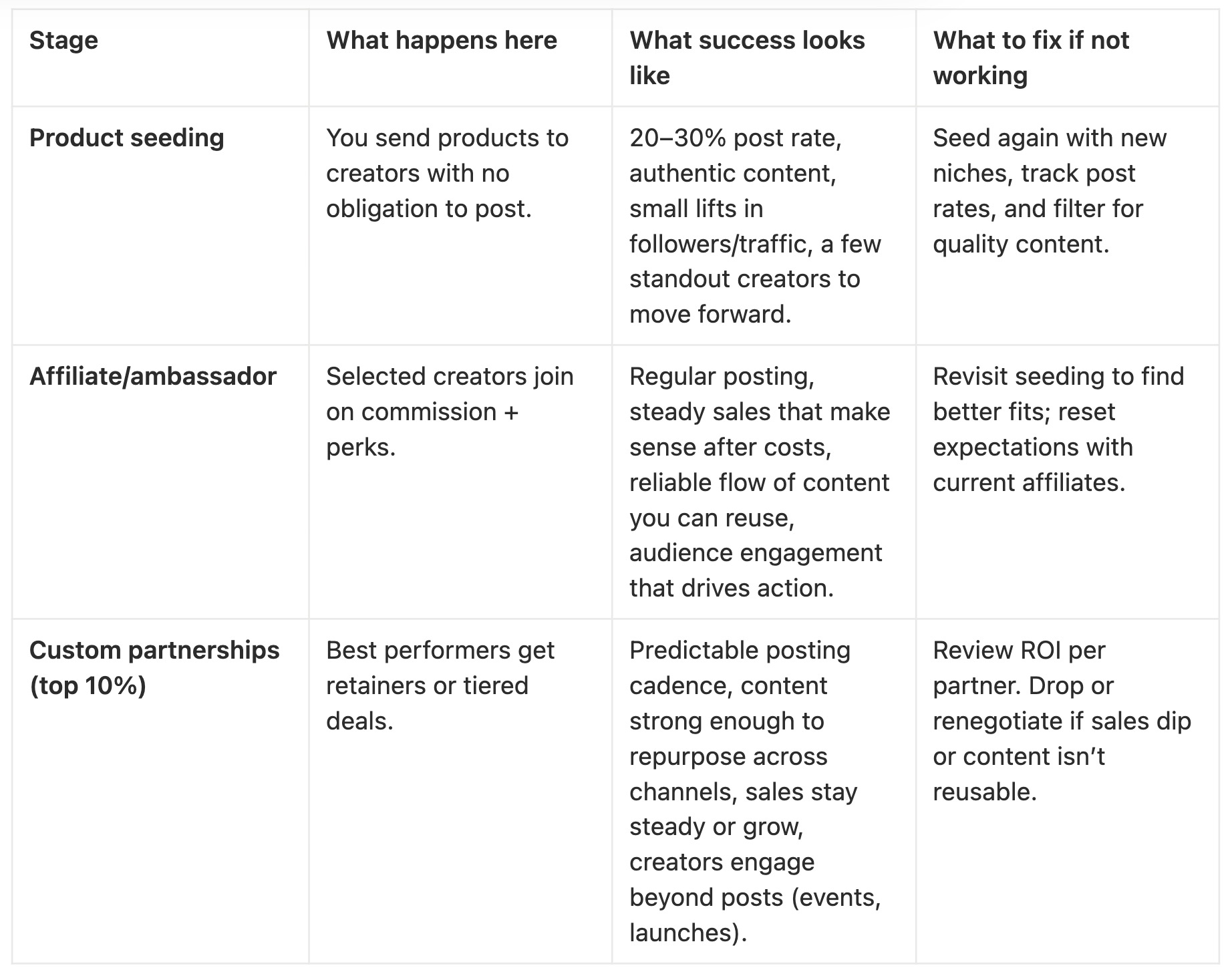
Product seeding is strategic sampling at scale. You send products to creators whose audiences match your target demographic.
The goal isn't immediate sales. It's discovering which creators genuinely connect with your product. You can share a note that if they love the product, they can share it with their audience, but there's no obligation to post.
Success, here, means the seeding effort gives you usable content, visible brand activity, and a list of creators who clearly connect with your product.
Here's what to look for:
A few creators will stand out because they post quickly, their audience responds, and the content looks like something you’d want to reuse. Those are the people to invite into a deeper partnership.
Once you know which creators genuinely like your product, the next step is to bring them into a structured partnership. Offer them commission on sales, a discount for their audience, and some perks.
Success at this stage isn’t about every affiliate being a top seller. Here are signs to look for:
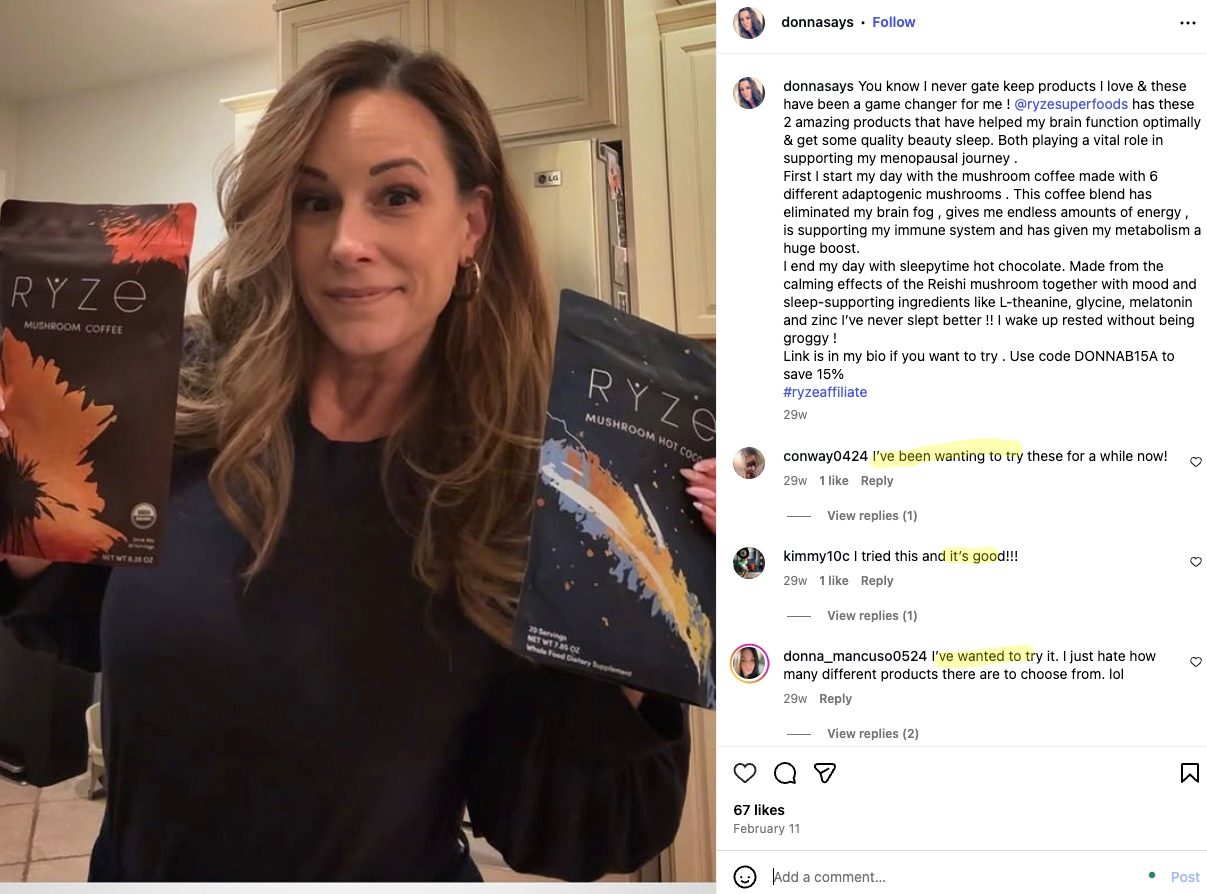
If affiliates aren’t posting regularly or the sales just aren’t coming in, it’s tempting to think the model itself doesn’t work. In most cases, the issue traces back to seeding. The people you moved forward might not have been the best long-term fits, or you may have tested the wrong niche altogether.
When this happens, don't chase affiliates with higher commissions or more perks. Go back to seeding and test different creator niches. The problem isn't motivation, it's fit.
When you’re working with 5–10 affiliates, tracking sales through codes or links in a spreadsheet is fine. Once you scale beyond that, manual tracking falls apart. Links get missed, posts go unlogged. At that point, proving ROI to leadership becomes nearly impossible.
That's when tools like SARAL help consolidate performance data.
When you use SARAL to manage your influencer marketing, you'll get to see a performance dashboard with all your key metrics.

If you’re satisfied with the results in the affiliate stage, the next step is to create special deals with your top 10% of creators.
These are the people who drive consistent sales and produce content you can rely on. Instead of leaving them on commission-only, you lock them in with guaranteed retainers or performance-based perks. In return, they agree to post a set number of times each month and take part in bigger brand initiatives
At this stage, success means you’re no longer scrambling for new influencers every month. Instead, you’ve built a dependable group of ambassadors who understand your brand and attract the right audience to buy from you.
Here are signs to look for:
For example, Ryze influencer program generates social proof for their TikTok and even landing pages:
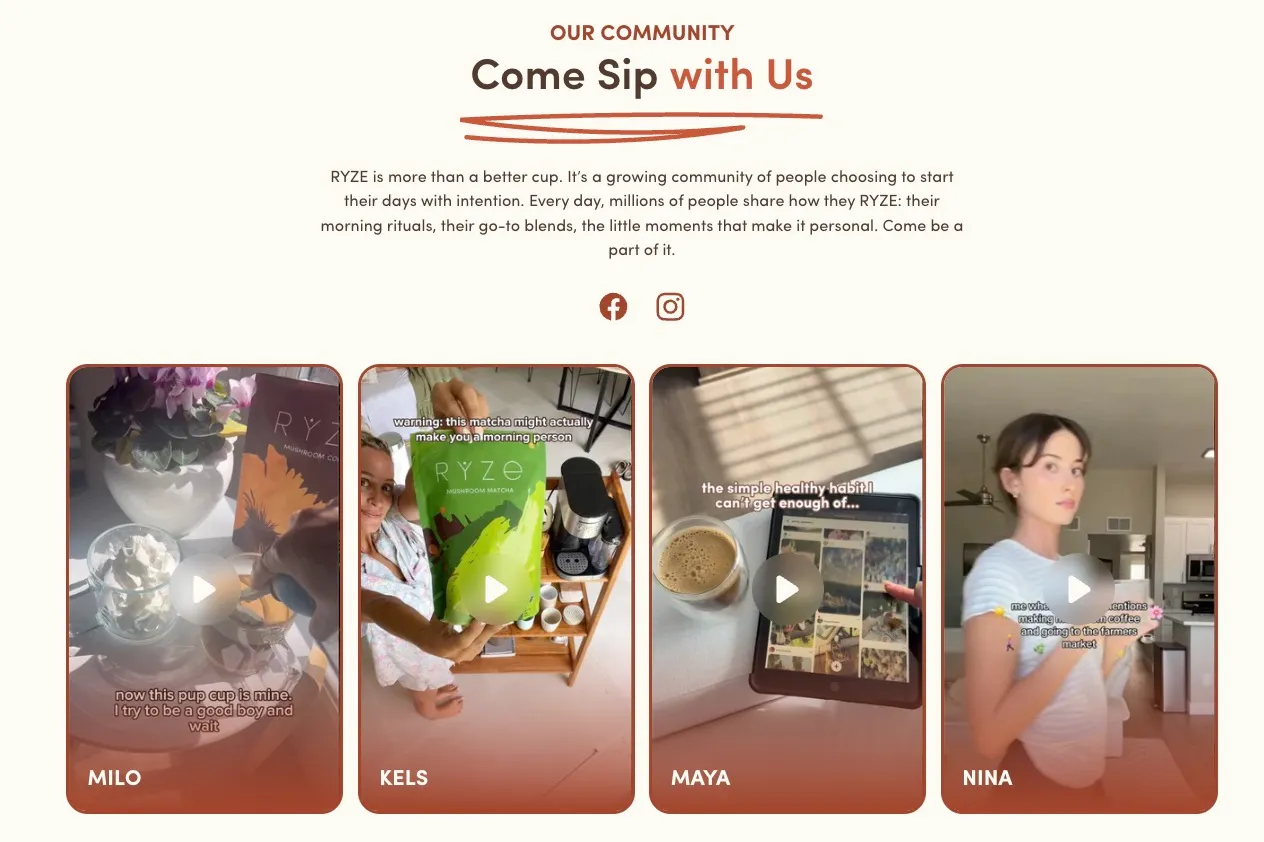
Abercrombie, for example, often hosts in-person launch events where their ambassadors attend, create content around the new products:
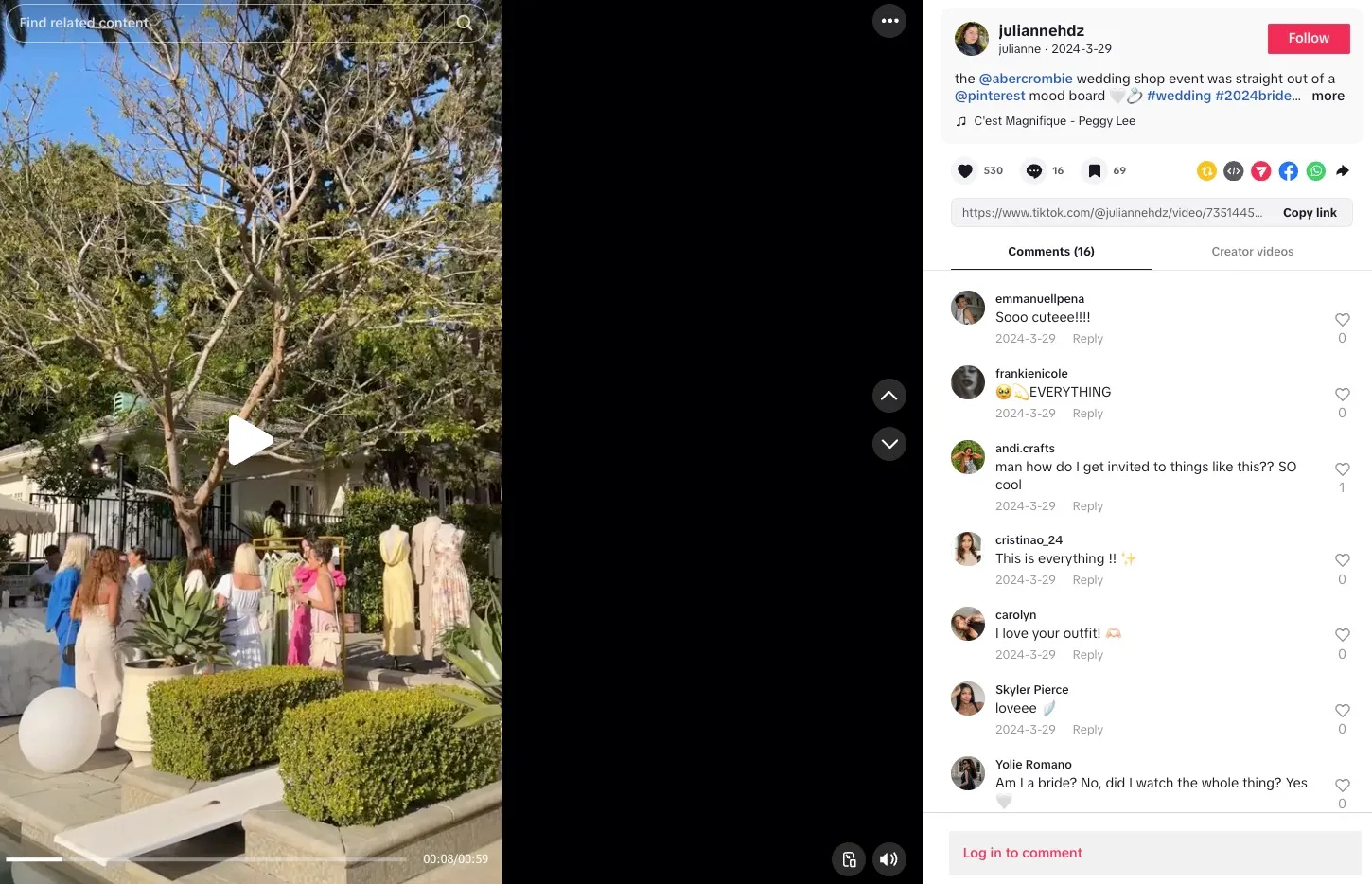
These outcomes don’t happen automatically. The strongest ambassador programs are built on care and trust, not just contracts. As Noël Ostrosky, Head of Influencer Marketing at Heart & Soil Supplements, explains:
“What sets certain programs apart from others is the mindset around relationships and interactions. Is your program looking to give or is it looking to just get? How can we be of service to creators and to what they're trying to do? How can we view our program more like hospitality versus a business transaction?
I find the most inspiration for the Heart & Soil Affiliate Influencer Program from some of the best bed and breakfasts I've ever stayed in. What level of care can I bring at each touchpoint? How can I make them feel special? How can I serve them and encourage them to enjoy their stay? It fires me up.”
When creators feel supported and appreciated, they support your brand in different ways. And that defines success at this stage.
Once you’ve built an influencer program—with seeding in place, affiliates starting to drive sales, and a few ambassadors producing steady content—the next challenge is proving it’s worth the budget. A story about community or relationships won’t cut it in a boardroom.
Your CEO or CFO will ask a simple question: “What’s the ROI?”
If you try to pull those from scattered spreadsheets, codes, and ad accounts, you’ll waste hours and still end up with data that’s incomplete or outdated.
That’s why you need a performance dashboard. An influencer marketing tool like SARAL pulls everything into one view, updated in real time.
If you’re ready to make influencer marketing defensible in the boardroom, you need more than guesses and screenshots. Book a demo and see how SARAL can help you run and track a successful influencer marketing program for your DTC brand.
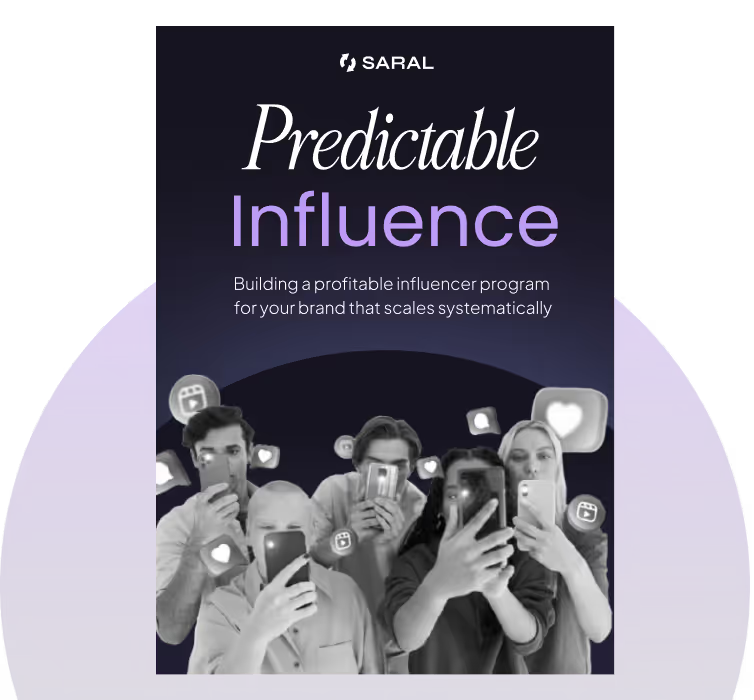
Sign up for a 7-day email course on the unique "Predictable Influence" strategy used by top brands like Grüns, Obvi, Tabs Chocolate.

If ditching the randomness of influencer campaigns and building a predictable, ROI-first influencer program sounds like a plan. Consider talking to our team!